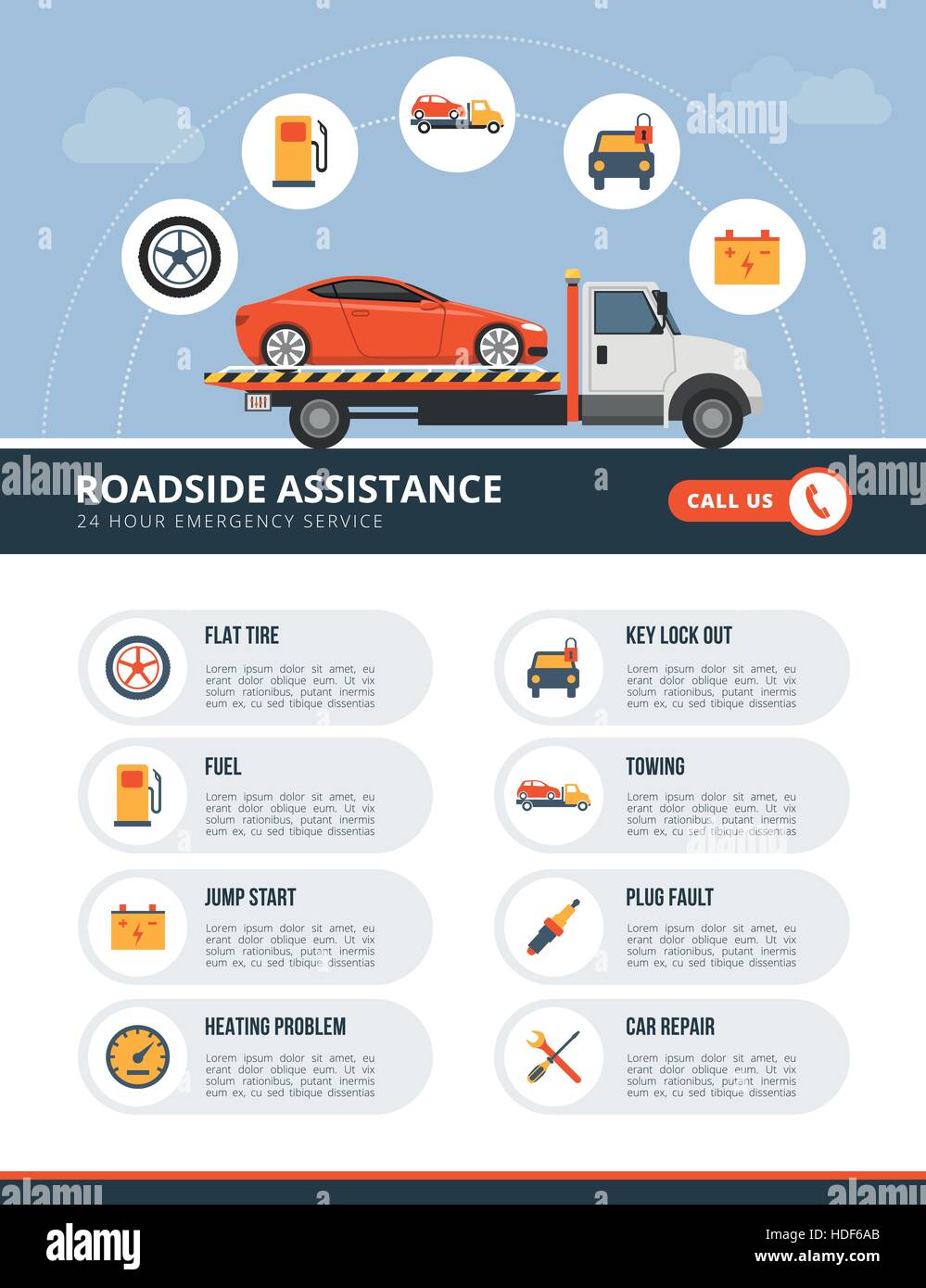Realizing The Importance Of Your Automobile'S Warning Signals: What They Actually Stand For
Realizing The Importance Of Your Automobile'S Warning Signals: What They Actually Stand For
Blog Article
Write-Up Created By-Faulkner Stark
When you're behind the wheel, those beautiful caution lights on your dashboard can be a little bit difficult. Do you recognize what they're trying to inform you regarding your cars and truck's health and wellness? Comprehending cargroomingagaucklandinternationalairport of these lights is crucial for your safety and security and the longevity of your vehicle. So, the next time one of those lights pops up, wouldn't you intend to analyze its message accurately and take the required steps to resolve it?
Common Caution Lighting and Interpretations
Identify typical warning lights in your vehicle and comprehend their significances to guarantee risk-free driving.
One of the most common caution lights include the check engine light, which indicates problems with the engine or emissions system. If this light comes on, it's essential to have your car examined without delay.
The oil pressure cautioning light indicates reduced oil stress, needing immediate interest to avoid engine damage.
car groomers near me blinking battery light might suggest a faulty billing system, potentially leaving you stranded if not addressed.
The tire stress tracking system (TPMS) light alerts you to low tire stress, influencing automobile security and fuel efficiency. Ignoring this can result in hazardous driving conditions.
The abdominal light suggests an issue with the anti-lock braking system, compromising your capability to quit promptly in emergency situations.
Lastly, the coolant temperature level alerting light warns of engine getting too hot, which can result in severe damage if not dealt with quickly.
Recognizing these common warning lights will assist you attend to issues promptly and maintain safe driving problems.
Significance of Prompt Focus
Comprehending the typical warning lights in your vehicle is just the initial step; the relevance of quickly dealing with these warnings can not be highlighted sufficient to ensure your safety when traveling.
When a caution light illuminates on your dashboard, it's your auto's way of communicating a possible concern that needs focus. Ignoring these warnings can result in extra severe issues later on, compromising your security and possibly costing you extra out of commission.
Trigger interest to cautioning lights can protect against failures and mishaps. For instance, a flashing check engine light could suggest a misfire that, if left unattended, could cause damages to the catalytic converter. Addressing car wahs can conserve you from a costly repair.
Likewise, a brake system advising light may signify reduced brake liquid or worn brake pads, critical elements for your safety and security when driving.
DIY Troubleshooting Tips
If you see a warning light on your dashboard, there are a few do it yourself fixing pointers you can try before seeking expert aid.
The first step is to consult your vehicle's manual to comprehend what the details caution light indicates. In some cases the issue can be as easy as a loosened gas cap triggering the check engine light. Tightening up https://spectrumnews1.com/wi/milwaukee/news/2022/05/01/madison-auto-repair-shop-is-changing-the-face-of-auto-repair may resolve the trouble.
An additional common issue is a low battery, which can set off different alerting lights. Checking the battery connections for deterioration and ensuring they're safe and secure might deal with the issue.
If a warning light lingers, you can attempt resetting it by disconnecting the vehicle's battery for a couple of mins and then reconnecting it. Additionally, inspecting your lorry's fluid degrees, such as oil, coolant, and brake fluid, can aid troubleshoot advising lights associated with these systems.
Final thought
In conclusion, recognizing your car's warning lights is crucial for maintaining your vehicle running efficiently and securely. By promptly resolving these informs and understanding what they suggest, you can stay clear of costly repair work and prospective break downs.
Bear in mind to consult your cars and truck's manual for specific information on each cautioning light and take action accordingly to ensure a trouble-free driving experience.
Keep informed, remain safe on the road!
